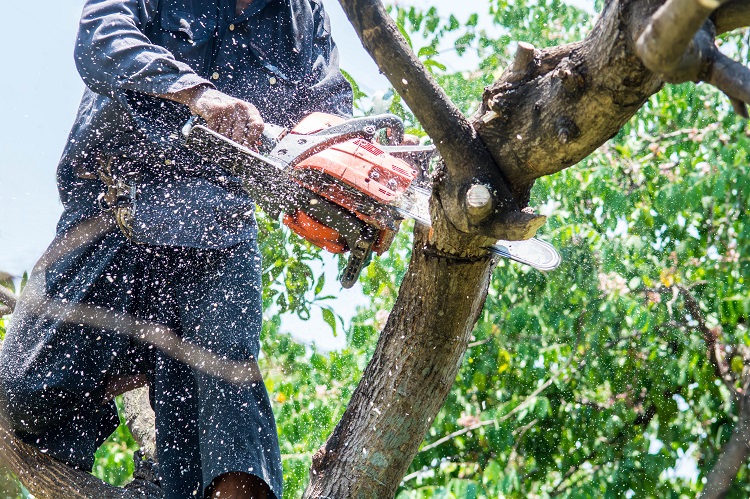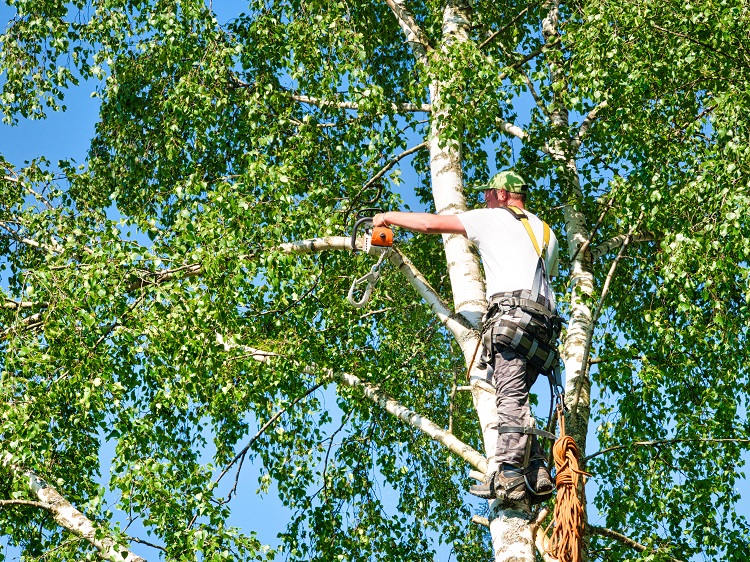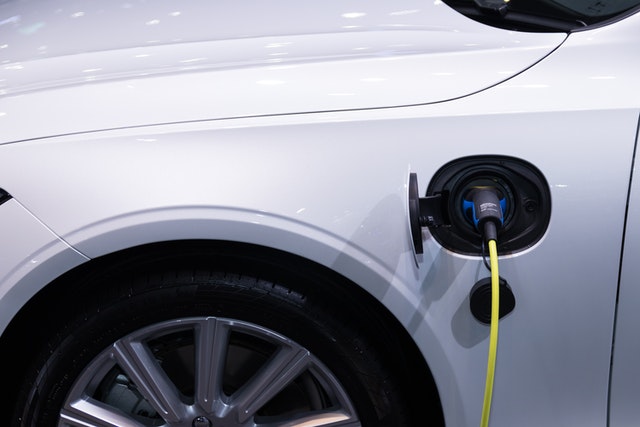
The majority of homeowners have the misconception that trimming or pruning their trees is an easy task. However, to make the entire process safe and sustainable, there are plenty of factors to keep in mind, like the reason behind the tree trimming, the species and size of the tree, growth behavior, and the tree’s location. Without considering these factors, you’ll end up damaging the tree or, worse, yourself.
Thankfully, this article will present some valuable tips to make tree trimming safe and sustainable. Read on!
Why trim trees?
Before delving into how to make the entire trimming process safe and sustainable, it’s equally crucial to know the purpose behind trimming trees. By doing so, you may turn this into a regular habit, especially due to the benefits that trimming brings.
Most people only think of trimming their trees before a storm, particularly when there’s a tendency that the tree branches will pose a hazard to you and your property or they’ll block the road. But tree trimming presents more benefits than being a safety precaution. In fact, trimming your trees will:
- Remove dead branches which can hinder the growth of a tree’s healthy components.
- Help prevent and treat diseases that can affect trees.
- Promote better fruit production.
- Improve overall curb appeal.
- Give you a much better view.
How to prune trees

As you can see, tree trimming, especially if it’s conducted in a safe and sustainable manner, can bring you and the tree advantages. Thankfully, knowing the basics about the process will allow you to perform the work yourself. This way, you won’t need to pay someone who’ll do the job for you as you can maintain the health and appearance of the tree yourself, helping you save money.
With that said, here’s how you can trim trees safely and sustainably:
-
Be careful with your chainsaw
Everyone knows that chainsaws can cause severe injuries if they’re mishandled. So, for your safety, always remember these tips whenever you use your chainsaw.
Prior to using your chainsaw, always have it inspected. Keep in mind that a dull chain will make the task more difficult and increase your chances of injuries.
- Don’t use a ladder and chainsaw simultaneously.
- If you’re not using the chainsaw, always turn it off.
- Notify any close family members or friends if you’re trimming trees. By doing so, there’s going to be someone to help you out in case you get injured, preventing major injuries from occurring.
-
Wear protective gear
In addition to knowing some safety tips when using a chainsaw, it’s equally important to always wear protection. This is particularly true when trimming trees as the simplest cut can have severe consequences. When working with a chainsaw or any other loud power machine, wear chainsaw chaps and ear protection. Doing so won’t only offer you the much-needed protection, but these types of safety equipment can even make the whole job easier.
-
Know the perfect time to trim
Most, if not all, professionals agree that the best time to trim shrubs and trees is during the cold season. During this time of the year, most trees are dormant. When a tree is dormant, you have to trim it due to the following reasons:
- The tree will be less prone to disease or insects.
- Eliminate the odds of trees affecting their surrounding landscape.
- A tree will heal faster, which means that the tree will be healthy and happy during spring. In return, you’ll boost your home’s exterior appearance.
-
Know the appropriate cuts
Although different, trimming trees in a safe and sustainable manner also involves knowing how to prune correctly. Hence, when trimming trees, consider the following types of tree pruning cuts:
- Thinning cut: This type of cut will remove an entire shoot, branch, or scaffold without affecting the tree’s shape, growth, and health.
- Heading cut: This cut will help the tree develop new and strong shoots. When performing this cut, refrain from making multiple small heading cuts, as this will irritate the tree, affecting its health.
Final words
After trimming or pruning, the next step is to dispose of any pieces of wood or branches, specifically if they’re infected. Additionally, you can add some fertilizer so that the tree will naturally seal off any trimming wounds it endured. Doing so will reduce a tree’s stress, promoting sustainability.
Lastly, never forget to take the necessary safety precautions, including knowing how to use your chainsaw or wearing protective gear. This won’t only prevent injuries, but you can also protect the tree’s safety as you’ll perform the entire process in a much more pleasant manner.
References
- “FIVE REASONS WHY YOUR TREES NEED PRUNING”, Source: wpermogreen.com/blog/2015/november/five-reasons-why-your-trees-need-pruning/
- “What is the best time of year to trim your trees?”, Source: https://www.birchtreecare.com/blog/what-is-the-best-time-of-year-to-trim-your-trees
- “Heading vs thinning”, Source: https://espacepourlavie.ca/en/heading-vs-thinning



